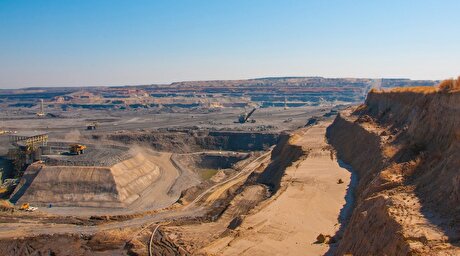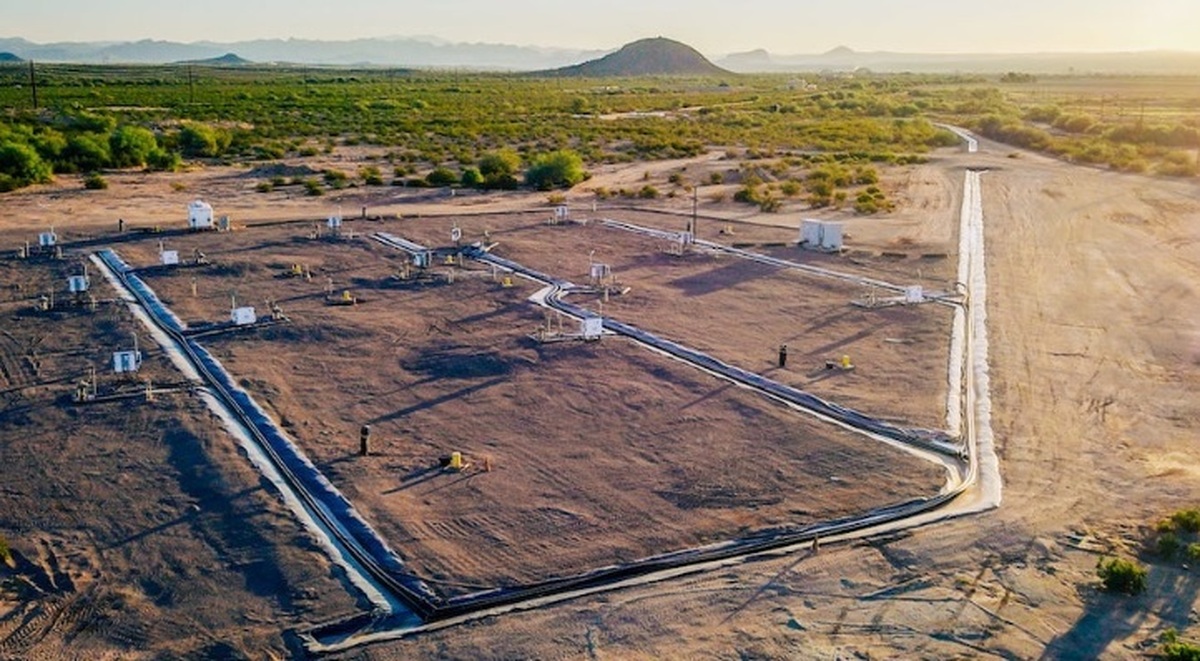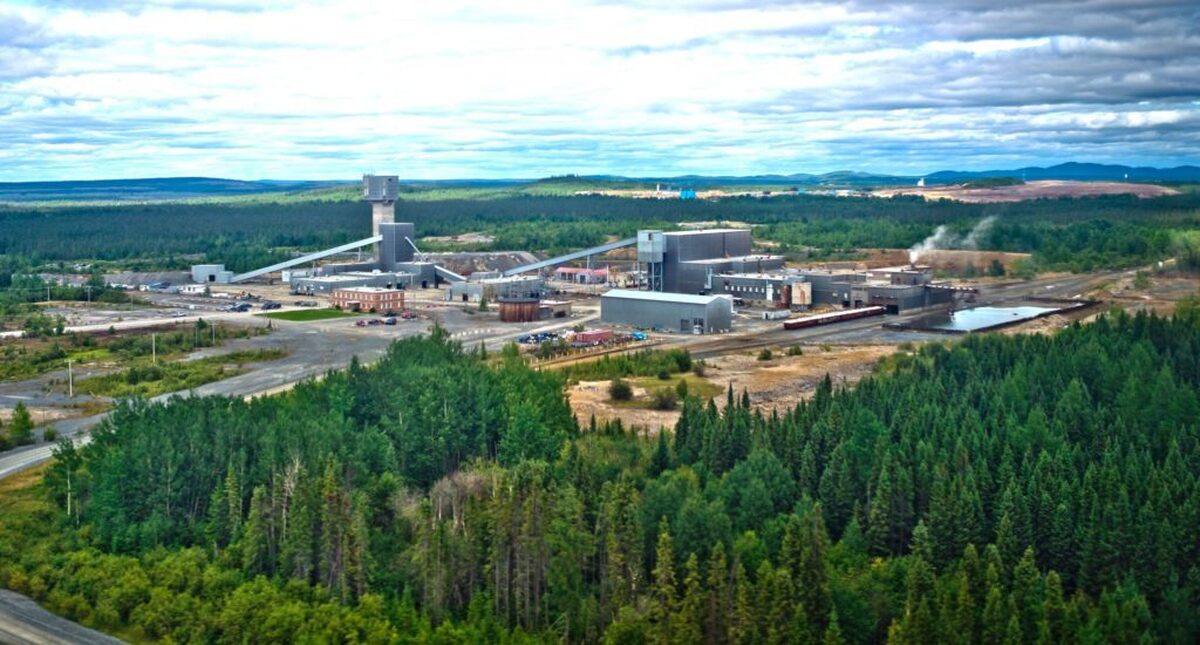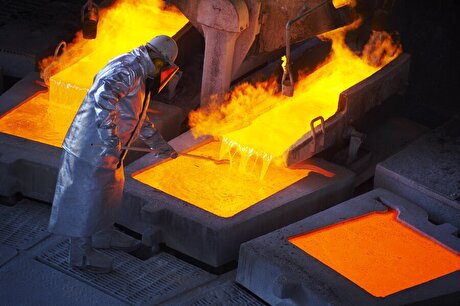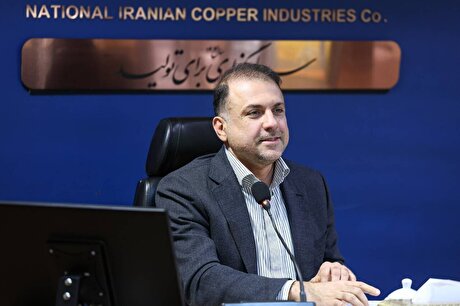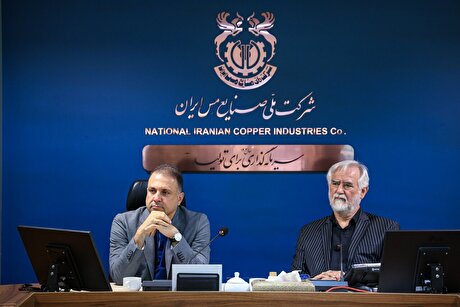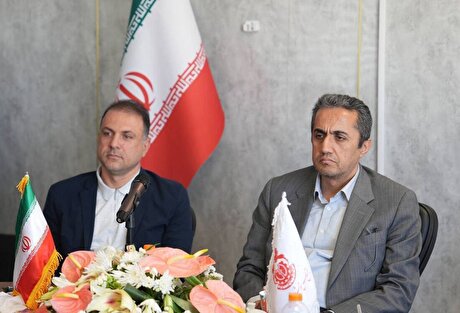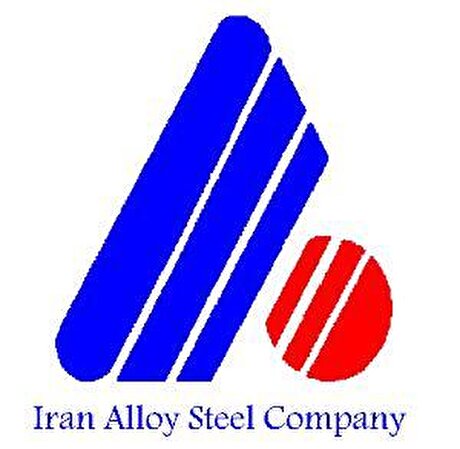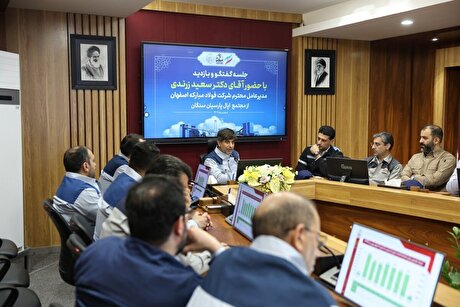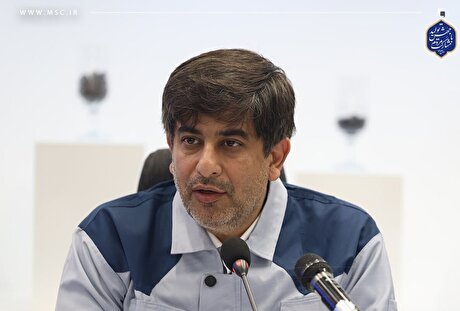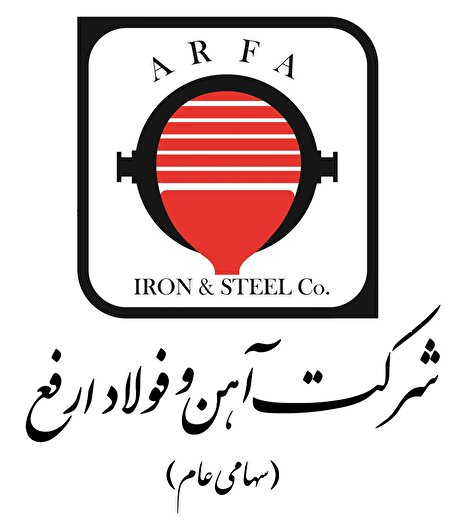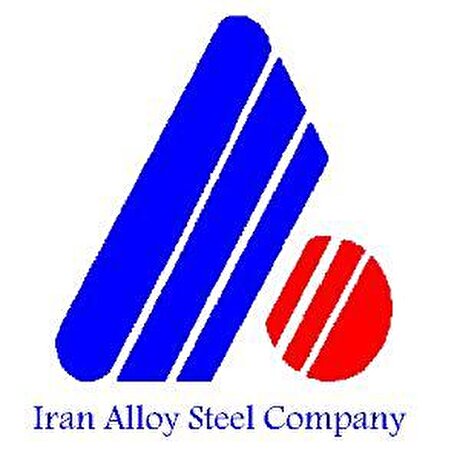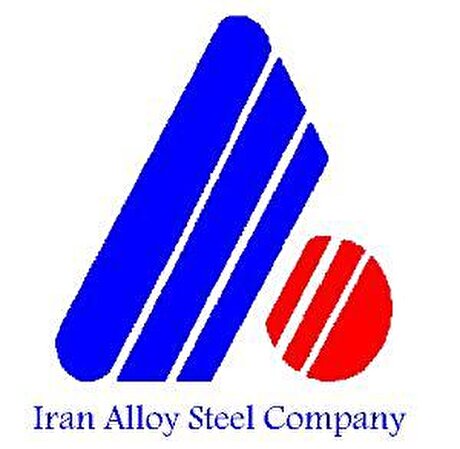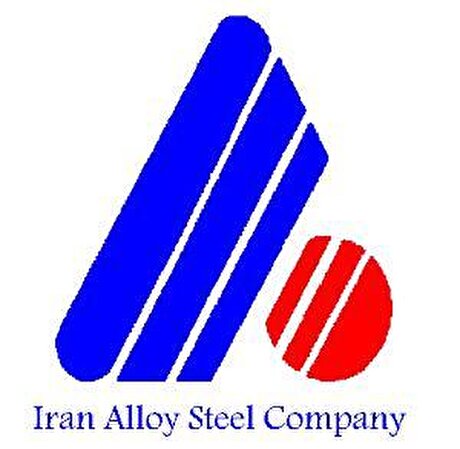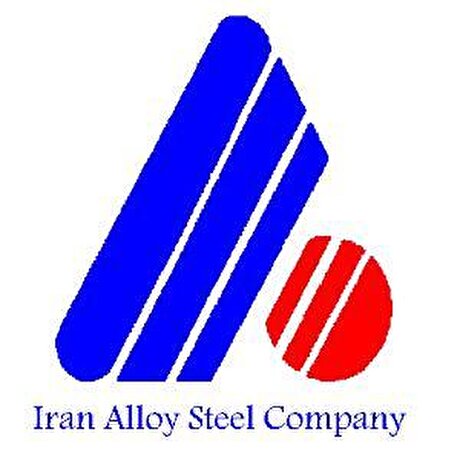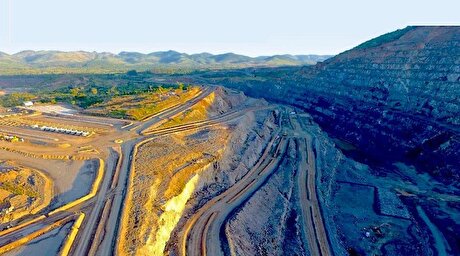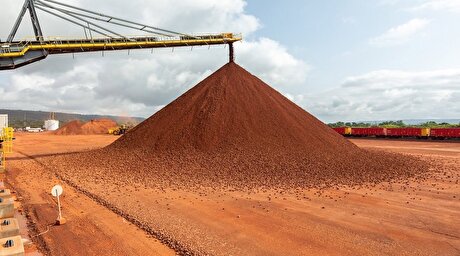
The men who would be king of Glencore move into the spotlight
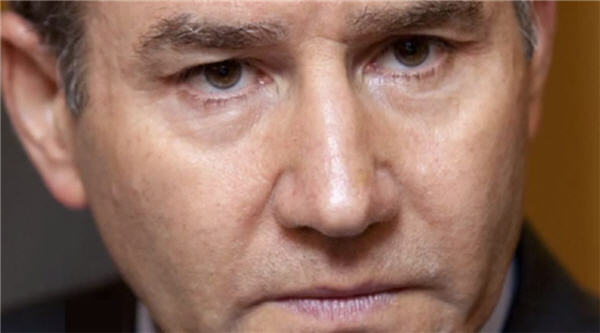
Glasenberg announced last December his plan to retire in the next few years, firing the starting gun on a closely watched race. The three most likely choices are Gary Nagle, Kenny Ives and Nico Paraskevas. They’re barely known outside Glencore, however, and as the global metals industry descends on London for LME Week, miners, traders and investors will be jostling to find out more.
The CEO of the Swiss-based, London-listed company has had an outsized role in shaping the world of commodity trading since Glencore was founded by Marc Rich in 1974
The passage of the chief executive officer’s baton at Glencore is more than another corporate transition. The firm is the world’s largest commodity trader, dominating transactions in most industrial metals, including copper, zinc and aluminum. The CEO of the Swiss-based, London-listed company has had an outsized role in shaping the world of commodity trading since Glencore was founded by Marc Rich in 1974.
Glasenberg, 62, in charge since 2002, hasn’t announced the candidates to succeed him. He has said, though, that there are “three to four guys” on the shortlist; that next CEO should be from a younger generation; and that “I hope he looks like me.” No women are in the running.
While three candidates top the list, nothing is final, according to a person familiar with the matter who declined to be identified discussing a confidential issue. Two of the executives have early career paths that broadly mirror Glasenberg’s, having trained in South Africa as accountants. Unlike the CEO’s generation of senior traders, many of whom became billionaires in the company’s 2011 flotation, none has a large equity stake in the company.
The succession will depend in part on how and when Glasenberg leaves. Glencore’s dealings in Nigeria, Venezuela and the Democratic Republic of Congo are under investigation in the U.S., and that has triggered speculation the CEO may step aside sooner than he has envisaged.
If that happened, one of the company’s older hands might take the reins—for example Peter Freyberg, recently elevated to oversee the company’s industrial operations, or Tony Hayward, the former BP CEO who is currently Glencore’s non-executive chairman.
Here are the three lead contenders:
Gary Nagle
If looking like Glasenberg is a job requirement, Nagle may be the man—some who know him call him a “mini-Ivan.” He’s South African like his boss, and similarly has degrees in commerce and accounting from the University of Witwatersrand. Also like Glasenberg, he built his career by rising through the ranks of Glencore’s coal department.
Nagle, 44, is also the most asset-focused of the likely successors. That could be an advantage as mining accounts for an increasing share of Glencore’s income and the company moves away from its roots as a pure trader.
Nagle joined Glencore in 2000 as an asset manager in the coal department, going on to become chief executive of its Colombian coal operation, Prodeco, in December 2007. Following the acquisition of Xstrata, he was moved to run the company’s South Africa-focused alloy assets, and last year was named head of coal assets.
Kenny Ives
Ives, Glencore’s head of nickel since 2012, is probably the candidate best known outside the company’s headquarters in Baar, Switzerland. Gregarious and well liked in the metals industry, he has a traditional trader’s regard for personal connections. In an interview with a student at a Swiss university, he said: “When I got involved in this business back in the ‘90s, I remember my boss at the time saying to me, ‘Kenny, this business is about three things: relationships, relationships and relationships.’ It’s true.”
Ives grew up in Brighton, southern England, where he paid his school fees “in cash out of an old Tesco carrier bag,” according to an interview with an alumni website. He joined Glencore in 1998, straight out of university, and for the first decade traded copper concentrates, spending a year in China.
In the Glencore mold, he’s a sports enthusiast who captained his school soccer team and regularly leads morning or lunchtime runs.
Ives’s time at Glencore hasn’t been without missteps. According to several current and former colleagues, he clashed with the then bosses of the copper, lead and zinc department, Telis Mistakidis and Daniel Mate, leading to his transfer to the grain division in 2008, from where he moved to nickel.
Nico Paraskevas
A Greek citizen who spent much of his career in Africa, Paraskevas is, like Glasenberg, a chartered accountant and a graduate of the University of Witwatersrand. He also spent time in the coal department, working for Glencore’s South African unit Shanduka from 2007 to 2009.
Paraskevas moved to the Democratic Republic of Congo as finance and then commercial director of Glencore’s copper unit there, later becoming CFO of Katanga Mining, based in Johannesburg.
Last year, Katanga was fined by the Ontario Securities Commission for misstating its accounts. Most of the conduct that was censured occurred after Paraskevas left as CFO in November 2012. The company did acknowledge, however, that it “failed to maintain adequate internal controls” from Jan. 1, 2012 until March 31, 2017, a period that overlapped slightly with Paraskevas’s tenure. He hasn’t been accused of wrongdoing.
He led the disposal of Las Bambas, the Peruvian copper project that Glencore sold as part of a deal to get Chinese antitrust approval for the Xstrata acquisition. The timing of that deal was sweet for Glencore: It was consummated just before the copper market plunged. Still, Paraskevas remained relatively unknown to the wider world when he was elevated to run Glencore’s powerful copper trading division at the end of 2018.
Colleagues say he’s calmer and a less dominating personality than his predecessor and fellow Greek national, Telis Mistakidis. He has overseen a less aggressive trading strategy by Glencore in the LME copper market. Paraskevas also has taken a more direct role in the trading of cobalt, a byproduct of Glencore’s Congolese copper mines that rapidly became one of the group’s highest-profile commodities.

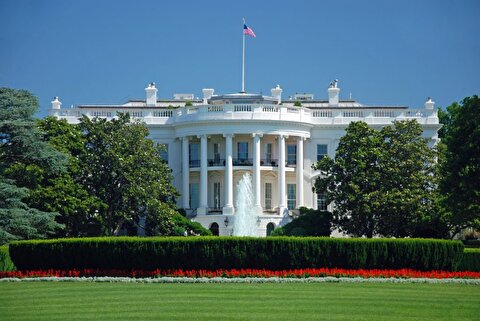
Trump weighs using $2 billion in CHIPS Act funding for critical minerals
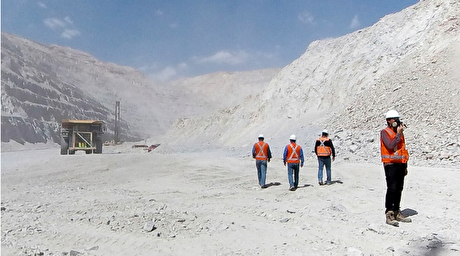
Codelco cuts 2025 copper forecast after El Teniente mine collapse

Electra converts debt, launches $30M raise to jumpstart stalled cobalt refinery

Barrick’s Reko Diq in line for $410M ADB backing
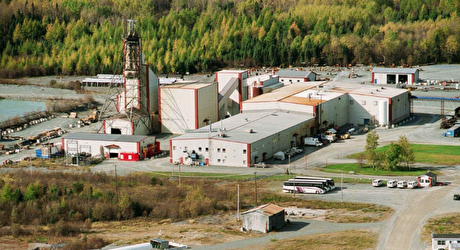
Abcourt readies Sleeping Giant mill to pour first gold since 2014
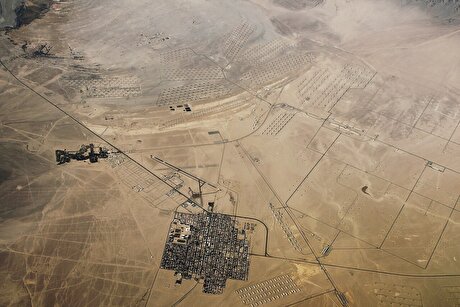
Nevada army depot to serve as base for first US strategic minerals stockpile
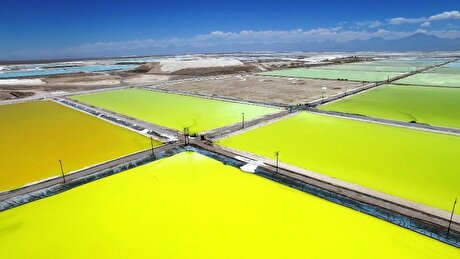
SQM boosts lithium supply plans as prices flick higher
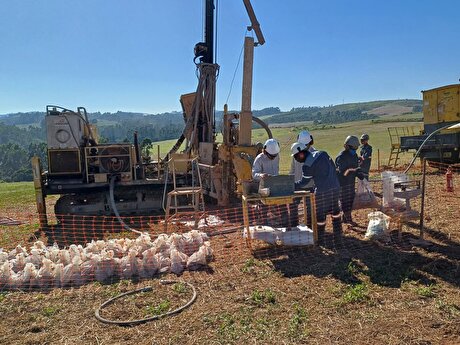
Viridis unveils 200Mt initial reserve for Brazil rare earth project
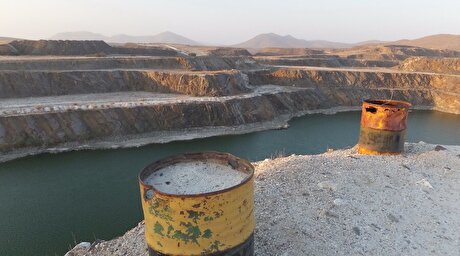
Tailings could meet much of US critical mineral demand – study
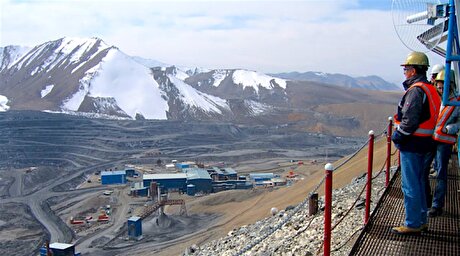
Kyrgyzstan kicks off underground gold mining at Kumtor
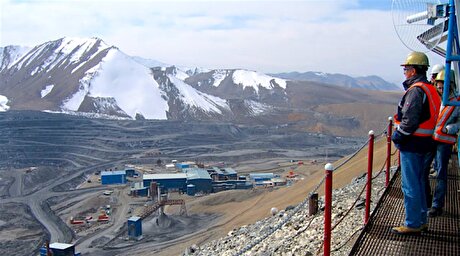
Kyrgyzstan kicks off underground gold mining at Kumtor

KoBold Metals granted lithium exploration rights in Congo
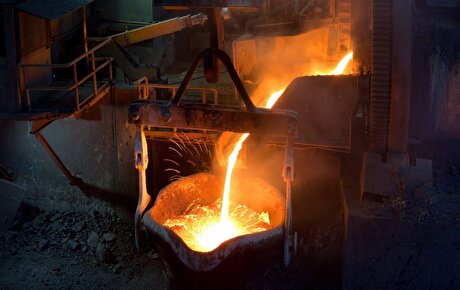
Freeport Indonesia to wrap up Gresik plant repairs by early September

Energy Fuels soars on Vulcan Elements partnership
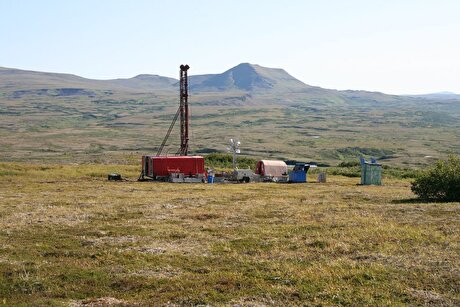
Northern Dynasty sticks to proposal in battle to lift Pebble mine veto
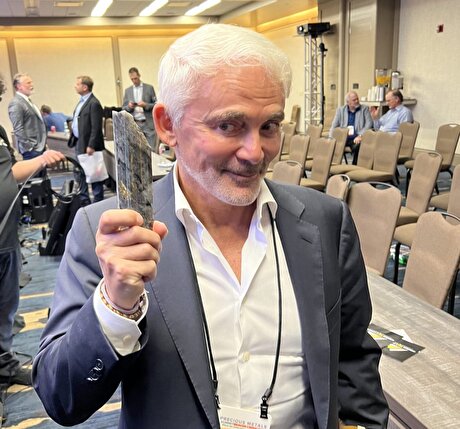
Giustra-backed mining firm teams up with informal miners in Colombia
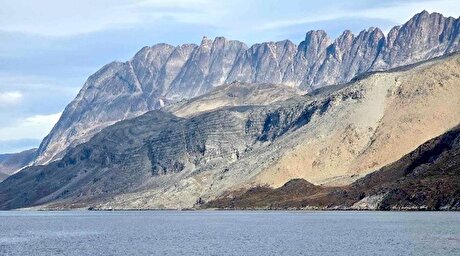
Critical Metals signs agreement to supply rare earth to US government-funded facility

China extends rare earth controls to imported material
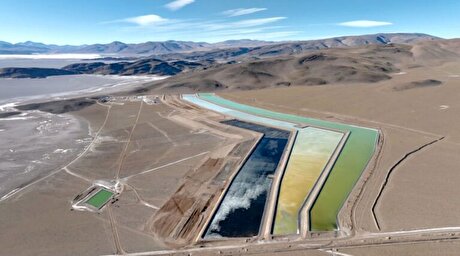
Galan Lithium proceeds with $13M financing for Argentina project

Kyrgyzstan kicks off underground gold mining at Kumtor

Freeport Indonesia to wrap up Gresik plant repairs by early September

Energy Fuels soars on Vulcan Elements partnership

Northern Dynasty sticks to proposal in battle to lift Pebble mine veto

Giustra-backed mining firm teams up with informal miners in Colombia

Critical Metals signs agreement to supply rare earth to US government-funded facility

China extends rare earth controls to imported material

Galan Lithium proceeds with $13M financing for Argentina project
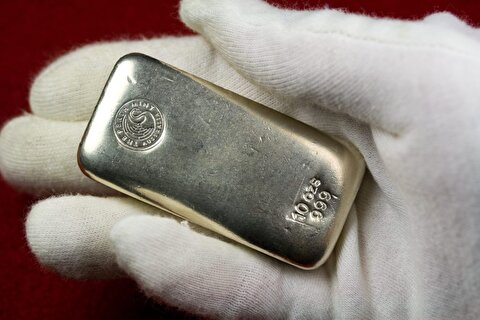
Silver price touches $39 as market weighs rate cut outlook
